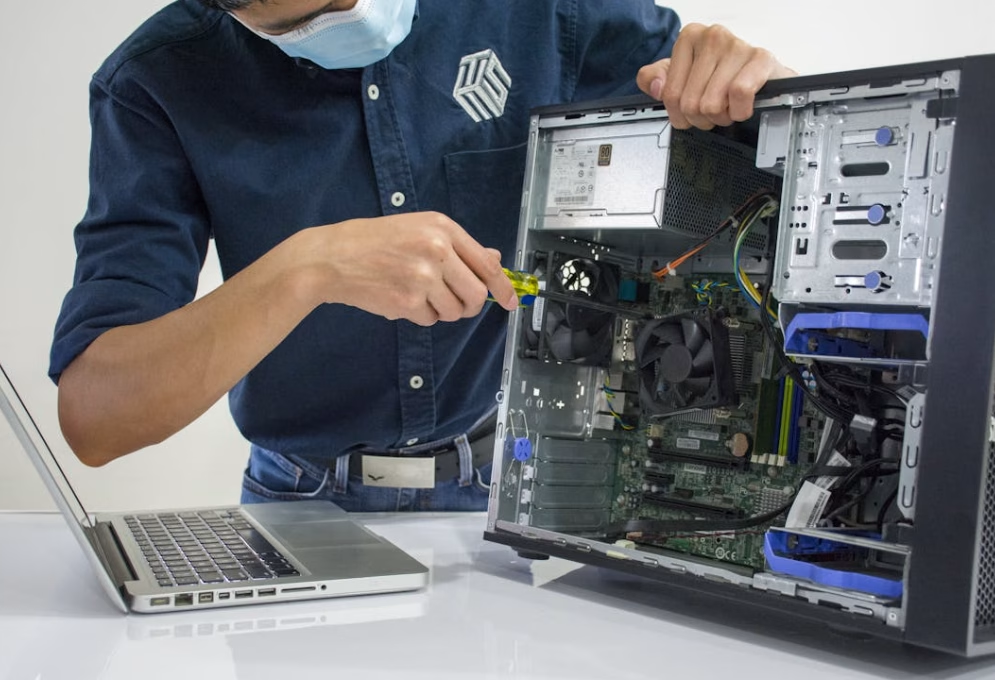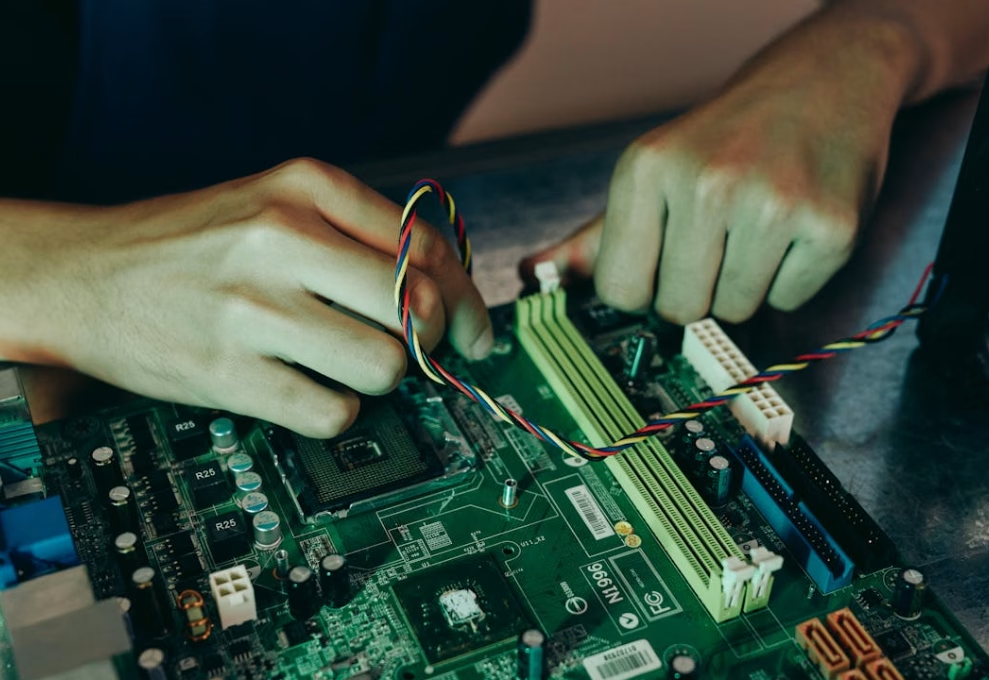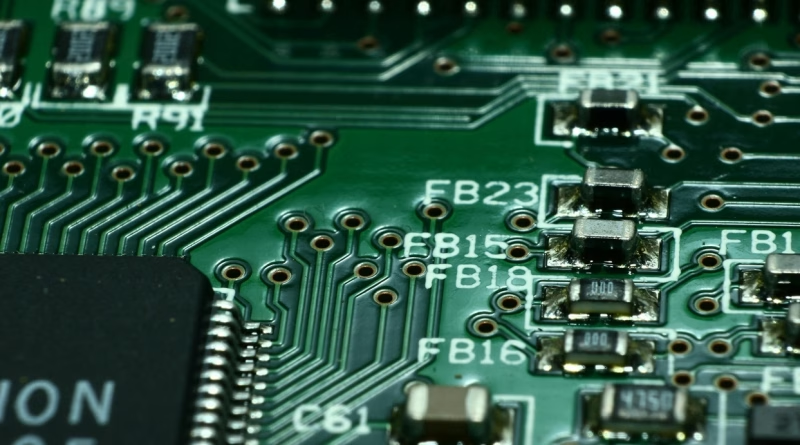How Does a CPU Work? 5 Powerful Insights into the Brain of Your Computer
On This Page
How does a CPU work? The CPU, or central processing unit, is often called the brain of your computer because it controls everything from opening an app to rendering complex graphics. Without it, your machine is just a collection of parts with no direction. But how does this tiny chip actually process billions of instructions every second? Let’s break it down in simple terms.
What is a CPU?
At its core, the CPU is a processor designed to execute instructions. Every time you click your mouse, type a key, or open a program, the CPU receives commands in binary code (a combination of 0s and 1s). It interprets those commands and tells the rest of your system what to do.
Think of it as a chef in a kitchen: while the ingredients (RAM, storage, and GPU) are available, the CPU decides how to use them, in what order, and at what speed.

How Does a CPU Work Step by Step?
The CPU follows a well-defined process called the fetch-decode-execute cycle:
- Fetch – The CPU grabs an instruction from your computer’s memory (RAM).
- Decode – The instruction is translated into signals the CPU understands.
- Execute – The CPU carries out the instruction, whether it’s a calculation, data movement, or logic check.
This cycle happens billions of times per second, making your system feel instantaneous.
Inside the CPU: Key Components
To understand how does a CPU work in detail, it helps to know its main parts:
- Control Unit (CU): Directs the flow of data, telling other components when to act.
- Arithmetic Logic Unit (ALU): Handles math and logical decisions, such as comparing numbers.
- Registers: Small, ultra-fast memory locations inside the CPU for temporary data storage.
- Cache: High-speed memory built into the CPU that reduces delays by storing frequently used data.
Together, these components ensure every click, calculation, and command is processed at lightning speed.

Clock Speed and Cores: Why They Matter
You may have heard people say a CPU has a 3.5 GHz clock speed or 8 cores. What does that mean?
- Clock Speed: This measures how many cycles a CPU can complete per second. A 3.5 GHz CPU handles 3.5 billion cycles per second.
- Cores: Each core is like a mini-CPU within the processor. More cores allow your system to handle multiple tasks simultaneously (multitasking).
This is why modern CPUs can run video editing software, web browsers, and games all at the same time.
How Does a CPU Work with Other Components?
The CPU doesn’t work alone. It collaborates with other hardware:
- RAM (Memory): Stores active instructions and data for the CPU to fetch quickly.
- GPU (Graphics Processing Unit): Handles graphics and visual tasks, freeing the CPU for general operations.
- Storage (SSD/HDD): Provides long-term data, which the CPU retrieves when needed.
Think of your CPU as the director of a movie set. It may give orders, but the actors, cameras, and crew (RAM, GPU, and storage) bring the scene to life.
Why Understanding CPUs Matters
Understanding how does a CPU work is useful even if you’re not a tech expert. When buying a computer, you’ll often see specifications like “Intel Core i7, 12th Gen” or “AMD Ryzen 7.” Knowing the basics helps you choose a CPU that fits your needs—whether it’s for browsing, gaming, or professional work.
- Casual users: A budget CPU with fewer cores is enough for browsing and office tasks.
- Gamers and creators: More cores and higher clock speeds ensure smoother performance.
- Professionals: CPUs with advanced features like hyper-threading or larger caches handle heavy workloads like video rendering and 3D modeling.
So, how does a CPU work? It processes billions of instructions every second using the fetch-decode-execute cycle, directing all computer operations with remarkable efficiency. From opening a browser to running a complex game, the CPU is truly the brain of your computer.
Next time you power on your device, remember that the tiny chip at its core is working tirelessly to turn your clicks into actions at lightning speed.




